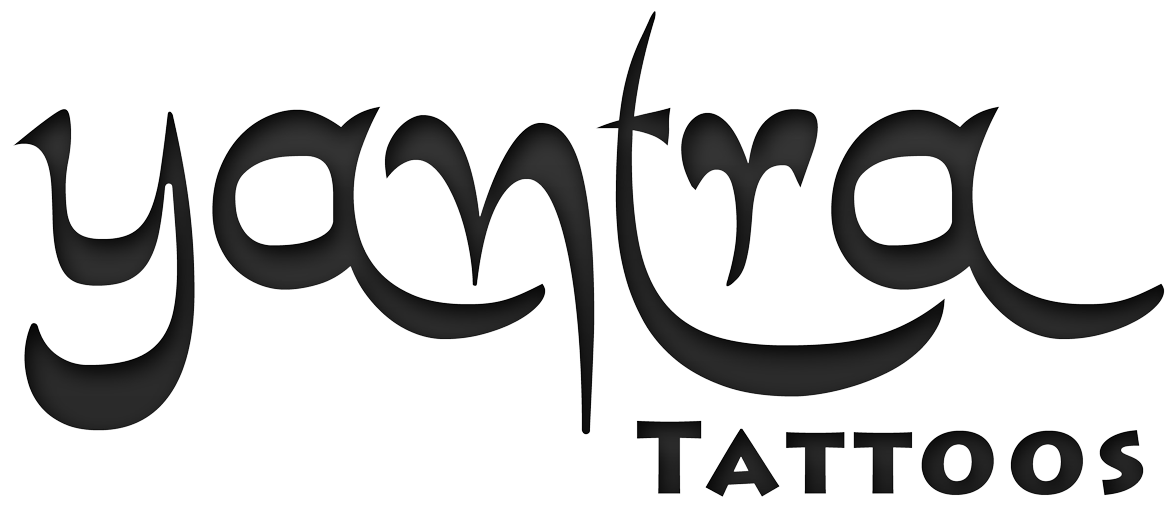
Essential Aftercare Tips for Body Piercings
Introduction
Getting a new piercing is an exhilarating experience, isn’t it? That rush of adrenaline as you anticipate the moment the needle meets your skin, followed by that satisfying sense of accomplishment once it’s done. But here’s the thing: the excitement doesn’t end when you walk out of the piercing studio. In fact, that’s just the beginning.
Proper aftercare is essential for ensuring a safe and successful healing process, allowing you to flaunt your new piercing with confidence. From keeping infections at bay to minimizing discomfort, taking care of your piercing is key to achieving the look you desire. So, before you dive headfirst into the world of body piercings, let’s explore some essential aftercare tips to help you heal like a pro.
Cleaning Your Piercing:
Frequency: To kickstart your healing journey on the right foot, it’s crucial to establish a regular cleaning routine for your new piercing. Aim to clean it around 2-3 times a day, ensuring you maintain consistent care without overdoing it.
Cleaning Solution: When it comes to what to use, simplicity is key. Opt for a sterile saline solution or a product recommended by your piercer. These gentle solutions provide the perfect balance for cleansing without causing irritation or disrupting your skin’s natural healing process. Avoid the temptation to reach for harsh soaps or alcohol-based products, as they can be too abrasive and may lead to dryness or irritation. From years of experience we have found out the Oceanic bliss aftercare solution from Piercing Jewels to work so well with our clients.
Cleaning Technique: Now, let’s talk technique. Begin by washing your hands thoroughly with soap and water to prevent introducing any unwanted bacteria to your piercing site. Gently apply the cleaning solution to a clean cotton swab or gauze pad, then carefully cleanse around the piercing, ensuring you cover all angles. Avoid excessive touching or movement of the jewelry, as this can irritate the delicate healing skin.
Drying: Once you’ve given your piercing a thorough cleanse, it’s time to dry it off. Reach for a clean paper towel and gently pat the area dry, avoiding any rubbing or harsh movements. Remember, cloth towels can harbor bacteria, so stick to disposable options to minimize the risk of infection. By gently patting the area dry, you’ll help promote optimal healing while reducing the likelihood of irritation or complications.
With these simple yet effective cleaning tips in your arsenal, you’ll be well-equipped to nurture your new piercing with the care it deserves. Remember, patience is key, so take your time and allow your body to work its magic. Before you know it, you’ll be flaunting your fabulous new piercing with pride!
When changing your jewellery
Healing Time: Now, let’s talk about one of the most exciting aspects of piercing ownership: changing up your jewelry! But before you dive into a treasure trove of shiny new pieces, there’s an essential rule to remember: patience is key. It’s crucial to wait for your piercing to fully heal before swapping out your jewelry. While healing times can vary depending on the type of piercing, as a general guideline, most piercings take anywhere from several weeks to several months to fully heal. For example, earlobe piercings typically heal within 6-8 weeks, while cartilage piercings may take 4-12 months to heal completely. Remember, rushing the healing process can lead to complications and setbacks, so resist the temptation to change your jewelry prematurely.
Choosing New Jewelry: When the time finally comes to jazz up your piercing with some fresh bling, it’s essential to choose wisely. Opt for high-quality, implant-grade materials such as titanium or surgical steel. These materials are hypoallergenic, durable, and less likely to cause irritation or allergic reactions. Avoid cheap or low-quality jewelry, as they may contain nickel or other irritants that can wreak havoc on your healing skin. Investing in quality jewelry not only enhances the aesthetic appeal of your piercing but also promotes optimal healing and long-term comfort.
Safe Jewelry Changes: Now, let’s talk logistics. While changing your jewelry may seem like a simple task, it’s best to leave it to the professionals, especially when it comes to initial changes. Consulting a professional piercer ensures that the process is done safely and hygienically, minimizing the risk of complications such as infection or trauma to the piercing site. Professional piercers have the expertise and experience to handle jewelry changes with precision and care, ensuring a smooth transition without compromising your piercing’s integrity. So, before you get carried away with visions of dazzling new jewelry, schedule a visit to your trusted piercer and let them work their magic. Your piercing will thank you for it!
Potential Complications & What to Do:
While getting a new piercing, it’s essential to be aware of potential complications that may arise during the healing process. Here’s what to look out for and how to handle them like a pro:
Redness, Swelling, or Tenderness: Don’t panic if you notice some redness, swelling, or tenderness around your piercing site in the days following your appointment – these are common initial reactions as your body adjusts to the new addition. However, if these symptoms persist or worsen over time, it could be a sign of infection. Keep a close eye on the severity and duration of these symptoms, and don’t hesitate to seek medical attention if you’re concerned.
Infection Signs: Knowing the signs of infection is crucial for early detection and prompt treatment. Watch out for increased redness, warmth, or swelling around the piercing site, accompanied by throbbing pain and the presence of pus or discharge. If you experience any of these symptoms, it’s essential to consult a healthcare professional as soon as possible to prevent the infection from worsening.
Allergic Reaction: While rare, allergic reactions to piercing jewelry can occur, causing symptoms such as itching, redness, rash, or excessive swelling. If you suspect you may be experiencing an allergic reaction, it’s essential to remove the jewelry immediately and consult a doctor for further evaluation and treatment. Switching to hypoallergenic materials like titanium or surgical steel can help prevent future reactions.
Bumps: Noticed a mysterious bump near your piercing site? Don’t panic – bumps are a common occurrence during the healing process and can take on various forms. Irritation bumps, caused by friction or trauma to the piercing, typically subside with proper care and hygiene. However, keloids, characterized by raised, scar-like tissue, may require professional intervention. If you’re unsure about the nature of the bump or if it’s causing discomfort, don’t hesitate to seek guidance from your piercer or a dermatologist. With proper care and attention, most bumps can be effectively managed, allowing your piercing to heal beautifully.
By staying vigilant and informed about potential complications, you’ll be better equipped to navigate the ups and downs of the piercing healing process. Remember, your piercer is your ally in this journey, so don’t hesitate to reach out if you have any concerns or questions along the way. With patience, proper care, and a little bit of TLC, your piercing will be shining bright in no time!
Conclusion
As we wrap up our guide to essential aftercare tips for body piercings, one thing remains abundantly clear: proper care is paramount for ensuring a safe and successful healing process. By following the guidelines outlined here, you’re taking proactive steps to nurture your piercing and promote optimal healing.
Remember, your piercer is your best ally on this journey, so don’t hesitate to reach out if you have any questions or concerns along the way. Whether you’re experiencing redness, swelling, or simply seeking advice on jewelry changes, your piercer is there to offer expert guidance and support.
And let’s not forget the ultimate reward of successful healing: a beautiful, healthy piercing that’s ready to shine! By prioritizing proper aftercare, you’re not just safeguarding your investment – you’re investing in your own confidence and self-expression.
So, embrace the journey, stay patient, and trust in the process. With dedication and care, your piercing will flourish, leaving you with a stunning adornment that reflects your unique style and personality. Here’s to happy healing and many years of piercing perfection ahead!








